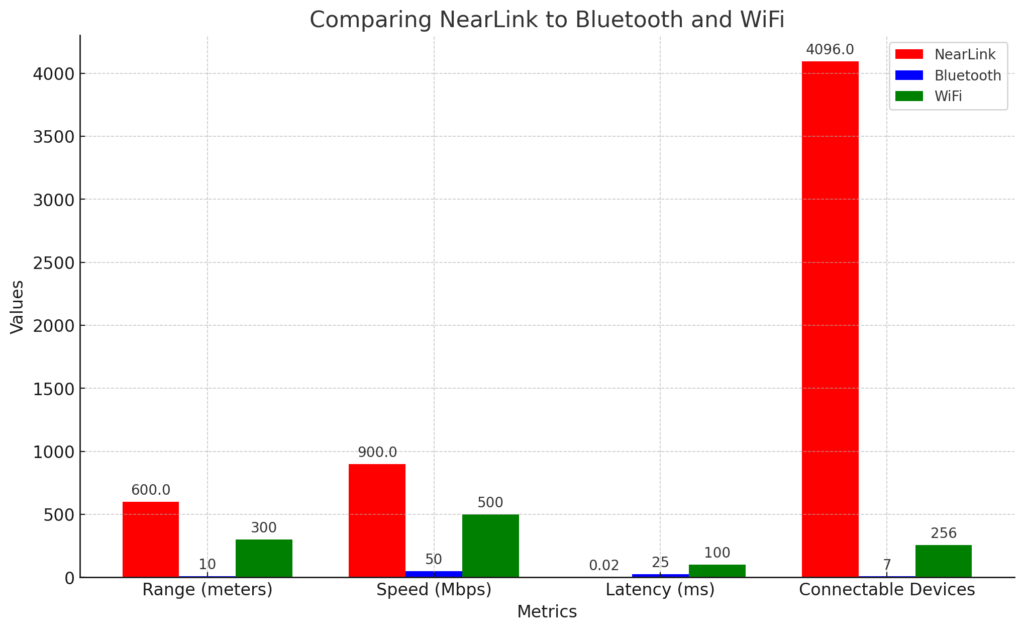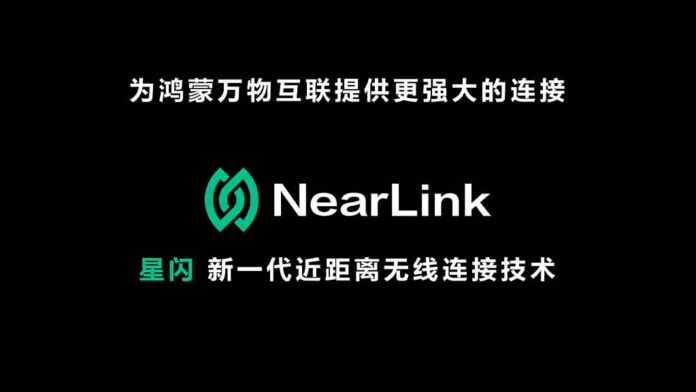Huawei did it!
No, we are not talking about Huawei’s recent smartphone the Mate 60 Pro developed using a 7nm indigenous chip made by Semiconductor Manufacturing International Corporation (SMIC). Although Huawei’s indigenous 7nm was impressive despite the United States sanctions and many of America’s allies barring Huawei from making chips smaller than 14nm.
We are talking about Huawei’s Nearlink wireless technology protocol that went under the radar.
Huawei NearLink Tech: The Future of Connectivity
With the constant evolution of technology, the world has witnessed numerous innovations that have fundamentally transformed our digital landscape. One such groundbreaking technology is Huawei’s NearLink, a short-range, high-speed wireless communication protocol. As with any new technology, it’s essential to assess its potential benefits and implications for the global tech industry, especially when compared to existing standards such as Bluetooth and WiFi.
What is Huawei NearLink?
Originally called Greentooth (thank God they changed the name), Huawei’s NearLink technology is a short-range wireless communication protocol that offers high-speed data transfer with minimal power consumption. Designed to seamlessly connect devices in close proximity, NearLink offers a rapid and stable connection, making it suitable for a variety of applications, from file transfers to real-time video streaming.
Benefits of NearLink
- High-Speed Data Transfer: NearLink boasts speeds that surpass both Bluetooth and traditional WiFi, making data transfers between devices almost instantaneous.
- Low Power Consumption: Despite its impressive speed, NearLink is designed to be energy efficient, reducing battery drain on connected devices.
- Security: Huawei has implemented strong encryption techniques to ensure that data transfers remain secure from potential breaches.
- Versatility: With its high speed and low latency, NearLink can be used in numerous scenarios, from gaming to medical applications.

Comparing NearLink to Bluetooth and WiFi
| Metric | Nearlink | Bluetooth | WiFi |
| Range | 600 meters | up to 10 meters | 300 meters |
| Speed | Up to 900 Mbps | Up to 50 Mbps | Up to 500 Mbps |
| Latency | 20 microseconds (.02 milliseconds) | 15 to 30 milliseconds | 100 milliseconds |
| Connected Devices | Can connect up to 4096 devices | Can connect up to 8 devices | Can connect up to 256 devices |
| Users | 80 users | N/A | N/A |
From the above comparison, it’s evident that NearLink offers a significant advantage in terms of range, speed, latency, and the number of connectable devices. While traditional WiFi provides a decent range and speed, it falls behind in latency and the number of connectable devices. On the other hand, Bluetooth, while suitable for short-range connections, lags in terms of speed, range, and capacity.
The Bifurcation Challenge: East vs. West Standards
So far about 300 companies mostly Chinese with the exception of Taiwan’s Mediatek and French construction materials manufacturer St. Gobain have joined to use this new protocol.
The rise of NearLink presents a challenge for global technological unity. As with many innovations, adoption is crucial. If Western tech giants choose not to integrate NearLink or develop a competing standard, the tech world could witness a significant divide.
Such a bifurcation could lead to:
- Incompatibility Issues: Devices from different regions may not communicate seamlessly, leading to a fragmented user experience.
- Stifled Innovation: A divide in standards can hamper global collaboration and slow down the pace of technological advancement.
- Economic Implications: Companies may need to produce multiple versions of devices to cater to different markets, increasing costs and complexity.
This is the case with Apple’s own Ultra Wideband (UWB) on its most recent Apple iPhone 15. Unfortunately, Huawei Nearlink is still superior but may not be available on Apple devices anytime soon.
While Huawei’s NearLink technology presents remarkable benefits, its global adoption is crucial for maintaining a unified digital landscape. The potential East vs. West standards divide underscores the importance of collaboration and openness in the tech industry. As we forge ahead into a more interconnected world, it’s imperative that innovations are embraced globally, ensuring a seamless and harmonized user experience for all.
Yet with the current geo-politics of the world, we will most likely see a West versus East and their respective allies. Sadly this will be a waste of resources and hammer globalized innovation, but at least it will keep everyone on their toes to make sure that no one falls behind in terms of coming up with the next big and best thing.




